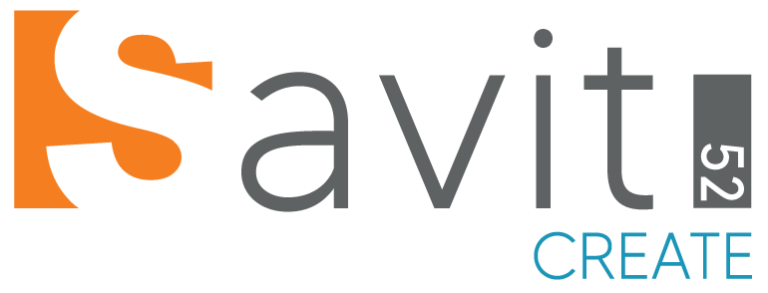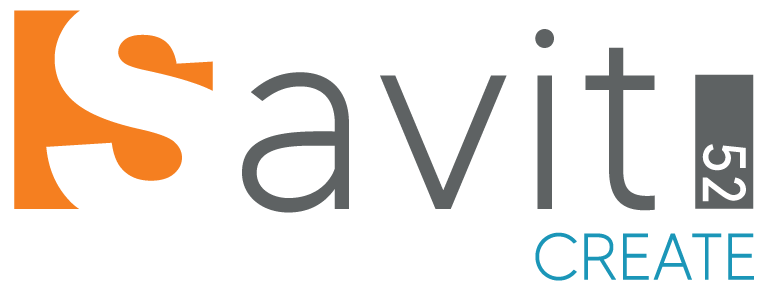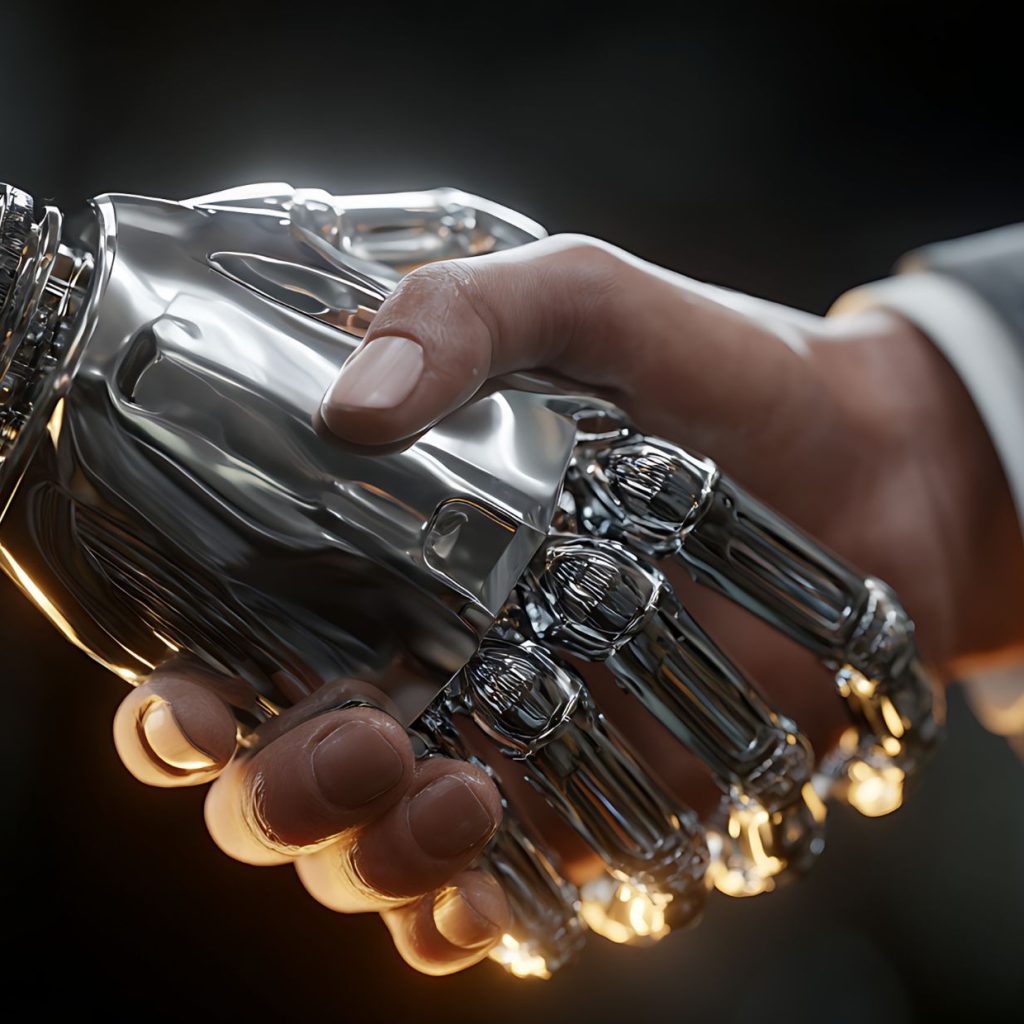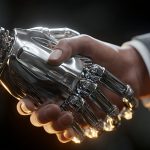The integration of Artificial Intelligence into the world of web design promised a revolution: instant wireframes, automated optimization, and designs generated at the click of a button. And in many ways, it has delivered, streamlining workflows and providing valuable data-driven insights. AI is now an indispensable tool in the modern designer’s arsenal.
Yet, despite the hype and the clear benefits, AI hasn’t become the sole auteur of the web. The brave new world of fully automated web design has a significant “algorithmic ceiling”—a boundary where the technology consistently falls short of human capability.
This isn’t a critique of AI’s usefulness, but an exploration of its current limitations. Understanding these shortfalls is crucial for designers and businesses alike to know when to leverage the algorithm and, more importantly, when to trust their own instinct.
1. The Creativity Chasm: From Generative Art to Generic Design
AI models, no matter how advanced, learn by consuming existing data. They are masters of pastiche, highly skilled at identifying patterns and reassembling them into new variations. This is a powerful capability, but it fundamentally differs from human creativity.
- The “Cookie-Cutter” Effect: AI-generated designs often suffer from a generic, “cookie-cutter” feel. They adhere closely to established best practices—which is safe—but they rarely break the mold. Innovation in design often comes from challenging conventions, an area where algorithms, by their nature, struggle.
- The Absence of ‘Why’: Human designers infuse their work with meaning, a story, and a “why.” They understand the brand’s mission on a nuanced level and translate that abstract concept into visual language. AI can generate beautiful layouts, but it can’t understand the soul of a brand. It can’t create an emotional connection; it can only mimic the visual cues that previously generated one.
The result is a design that is functional but not memorable. It works, but it doesn’t inspire.
2. The Nuance Barrier: Lacking Context and Emotional Intelligence
Web design isn’t just about pixels and code; it’s about people. A successful website anticipates user needs, understands cultural context, and evokes specific emotions. This requires deep emotional intelligence (EQ) that current AI technology simply does not possess.
- Cultural Context and Tone: The subtle humor that works in one market might be offensive in another. A design aesthetic that feels trustworthy to a Gen Z audience in London might feel unprofessional to a Baby Boomer in Tokyo. AI lacks this lived human experience. It makes decisions based on statistical averages, not genuine empathy.
- The “Gut Feeling” Gap: A skilled UX designer knows when to break a conventional rule to improve the user journey for a specific, complex scenario. They rely on empathy and years of experience. AI, processing only data points, may adhere strictly to “best practice” even when the context demands a custom, counter-intuitive solution.
AI excels at A/B testing variations once a human has defined the parameters, but it cannot conceptualize the initial, deeply human-centered hypothesis.
3. The Complex Problem-Solving Deficit: Beyond the Template
For simple, brochure-style websites or basic e-commerce setups, AI can get you 80% of the way there in minutes. The challenge arises with complex, multi-faceted projects that require deep logical and strategic thinking.
- Custom User Flows: Consider a complex web application with multiple user roles, niche functionalities, and unique data visualization needs. Designing the intricate information architecture and user flows for such a system requires holistic, strategic thinking. AI can optimize single steps, but coordinating the entire complex ecosystem remains a human domain.
- Edge Cases and Exceptions: Human designers anticipate edge cases—what happens when a user enters invalid data, what happens on a broken connection, what happens in unique scenarios. AI, focused on the main path, often overlooks these crucial exceptions that define a robust and resilient user experience.
4. The Ethics of Automation and Bias in the Data
The promise of efficiency in AI comes with significant ethical baggage that the web design community is actively grappling with.
- Bias Perpetuation: AI learns from the web as it exists today, which is full of design biases. If the training data disproportionately favors certain demographics or design paradigms, the AI will perpetuate these biases, leading to non-inclusive, inaccessible, or discriminatory design outcomes. Human designers are needed to intentionally design for inclusivity and accessibility (WCAG standards, for example), actively fighting against the patterns in the data.
- Accountability: If an AI generates a design that inadvertently causes a loss in sales, is inaccessible to users with disabilities, or infringes on a copyright, who is accountable? The designer using the tool bears that responsibility, highlighting the fact that AI is a production aid, not an autonomous decision-maker.
Conclusion: The Essential Partnership
AI hasn’t fallen short because it’s “bad” technology; it has fallen short of the unrealistic expectation that it would replace the multifaceted role of a human designer. It has failed to automate empathy, strategic thinking, and the spark of true originality.
The future of web design isn’t human versus AI; it’s a powerful partnership:
- AI handles the data analysis, the heavy lifting of repetitive tasks, and optimization based on vast datasets.
- Humans provide the vision, the empathy, the strategic “why,” and the crucial ethical oversight.
The designer’s role is evolving, shifting from pixel-pusher to strategist and creative director. We use AI to build smarter, faster, but the experiences that genuinely connect with people will always, ultimately, be designed by humans, for humans.












